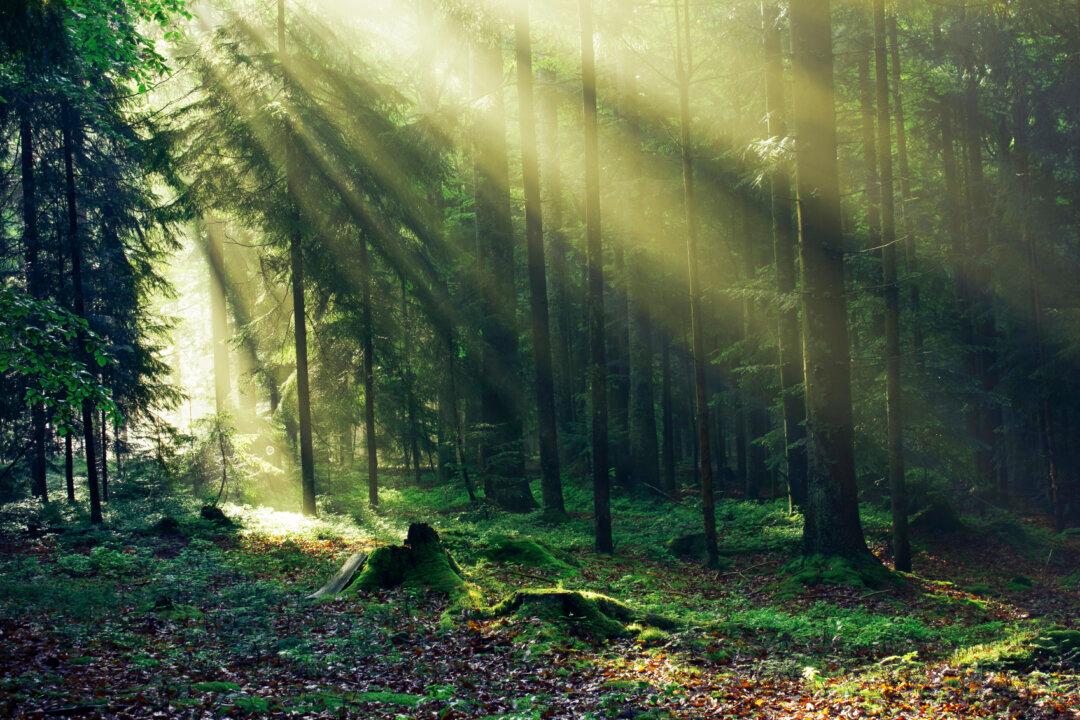Białowieza Forest is the kind of place you imagine from the Grimm fairy tales. Huge firs, oaks, and ashes tower over you, woodpeckers and other birds call all around you and the guides who work there know the intimate history, and names, of many individual trees.
For anyone, it is a magical place—and, as a forest ecologist, visiting it was a dream come true. However, the features that make it so unique may be under threat thanks to new plans for large-scale logging.
Straddling the border between Poland and Belarus, Białowieza is the last remainder of the vast primeval forest that once covered most of Europe. It is a hotbed of biodiversity, home to nearly 20,000 plant and animal species including wolves, lynx and the largest remaining population of European bison. Rare birds, including several woodpecker species, provide a glimpse of the bird life that used to exist in European forests before humans transformed the continent.

